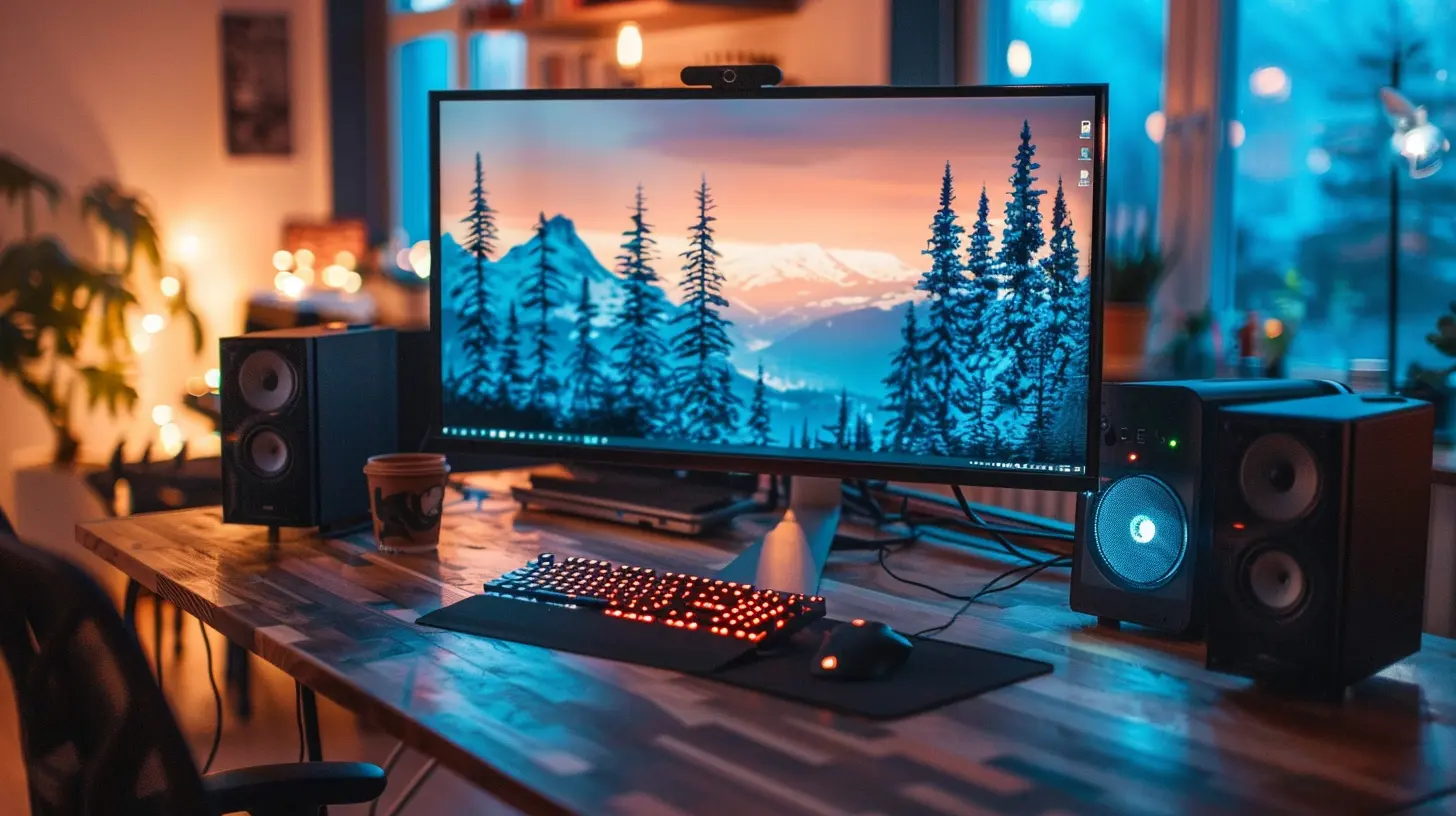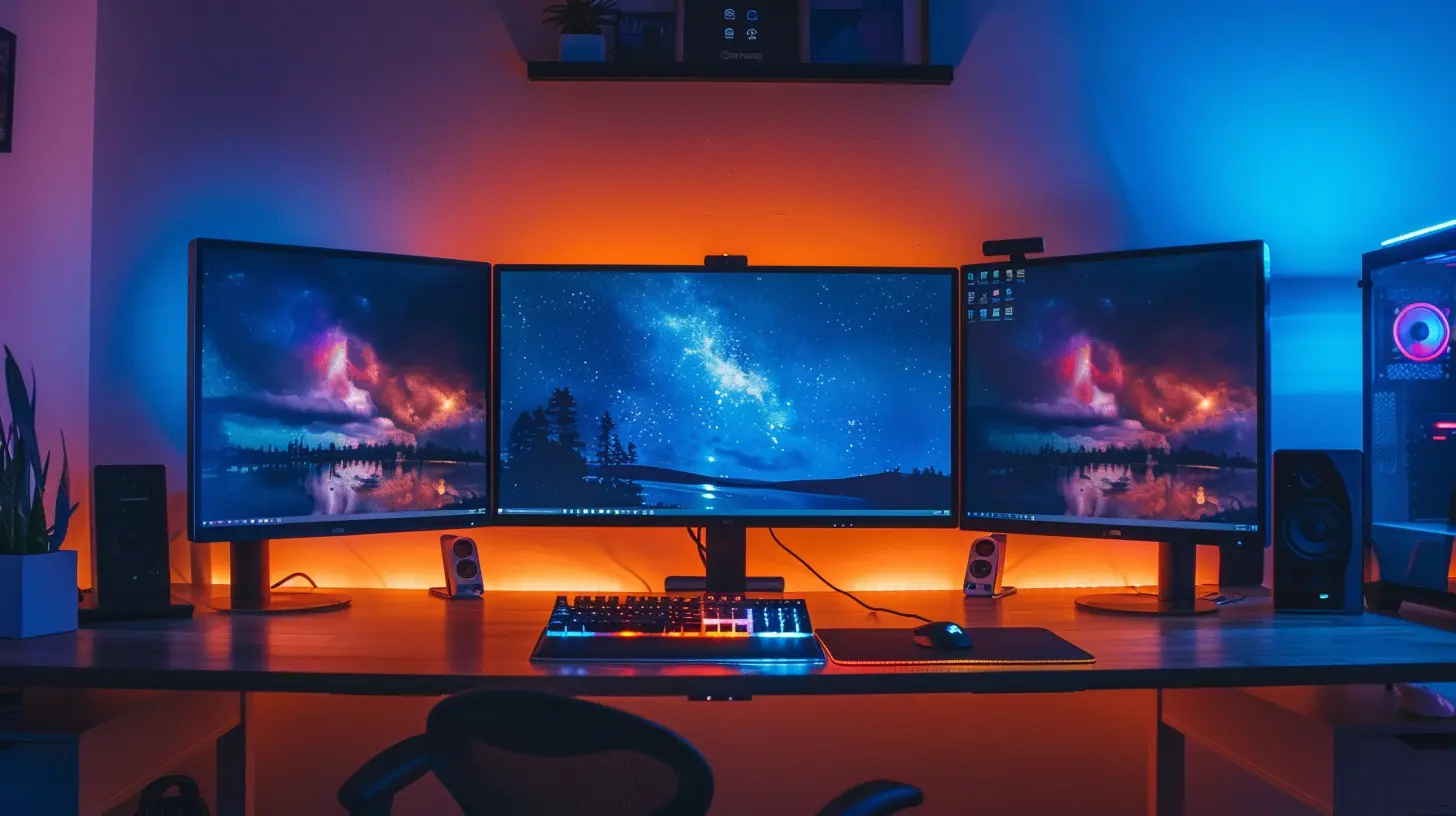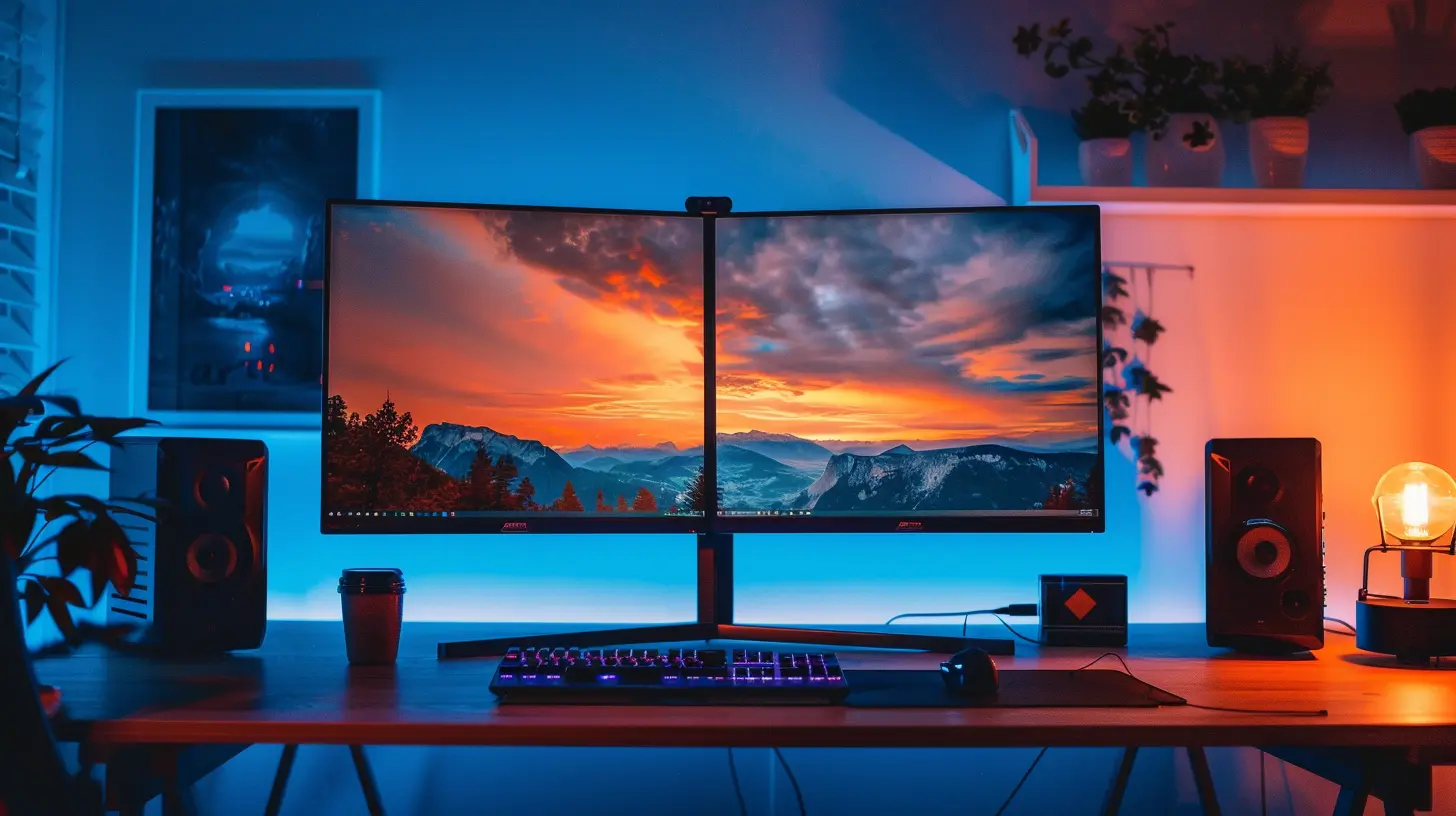How to Set Up a Dual Monitor System for Increased Efficiency
17 September 2025
Ever feel like your workspace is just too crammed? Constantly switching between windows, losing track of tabs, or struggling to multitask efficiently? If so, it might be time to upgrade your setup with a dual monitor system.
A second screen can be a game-changer—boosting productivity, improving workflow, and making multitasking effortless. In this guide, we'll walk you through everything you need to know to set up a dual monitor system the right way.
Let’s dive in! 
Why Use a Dual Monitor Setup?
Before we get into the setup process, let’s talk about why a dual monitor system is a smart investment.1. Increased Productivity
Studies show that using two screens can improve productivity by up to 42%. Whether you're working on spreadsheets, coding, designing, or gaming, having a second screen makes everything smoother.2. Better Multitasking
With two monitors, you can have multiple applications open side by side—emails on one screen, project work on the other. No more constant alt-tabbing or minimizing windows!3. Enhanced Workflow
If you’re a content creator, programmer, or designer, you’ll love being able to drag and drop files effortlessly between screens.4. Improved Focus
A well-organized dual monitor setup reduces distractions by keeping all your work in view, so you can stay in the zone.
What You Need for a Dual Monitor Setup
Before setting things up, make sure you have the following essentials:1. Two Compatible Monitors
Ideally, your monitors should be the same size and resolution for a seamless experience, but they don’t have to be identical.2. A Device That Supports Dual Monitors
Your laptop or desktop should have multiple video output ports (HDMI, DisplayPort, USB-C, or VGA).3. The Right Cables and Adapters
Check your monitors’ input ports and your computer’s output ports—HDMI, DisplayPort, or VGA—and make sure you have the right cables or adapters.4. Graphics Card Compatibility
Most modern graphics cards support dual monitors, but double-check your GPU specs if you’re unsure.5. Monitor Stand or Mount (Optional but Recommended)
A dual monitor arm can help you adjust positions easily and save desk space.
Step-by-Step Guide to Setting Up Dual Monitors
Now that you have your equipment, let's dive into the setup process!Step 1: Connect the Monitors
- Plug one end of the cable into your computer’s video port and the other end into your monitor.- Repeat for the second monitor.
💡 If your computer has only one video output, you may need a docking station or a USB-to-HDMI adapter!
Step 2: Adjust Display Settings (Windows)
1. Right-click on the desktop and select Display Settings.2. Scroll down to Multiple Displays and select Extend these displays.
3. Drag and arrange the monitors to match their physical position on your desk.
4. Click Apply and Save changes.
Step 3: Adjust Display Settings (Mac)
1. Click the Apple menu and go to System Settings > Displays.2. Select Arrangement and position the monitors as needed.
3. Check "Extend Display" to avoid mirroring screens.
Step 4: Set Your Primary Monitor
Your primary monitor is where your taskbar and main apps will appear. To set it:- In Windows, go to Display Settings > Select the monitor > Check "Make this my main display".
- On a Mac, drag the white menu bar to the desired primary monitor.
Step 5: Adjust Resolution and Scaling
Make sure both screens have the same resolution for a smooth transition between them. If text looks too small or blurry, adjust scaling settings in Display Settings.
Tips for Optimizing Your Dual Monitor Setup
Setting up two monitors is just the beginning—let’s optimize them for maximum efficiency.1. Keep Your Monitors at Eye Level
Position your screens so your eyes align with the top third of the display to reduce neck strain.2. Use a Dual Monitor Stand
A monitor stand or arm helps free up desk space and improves ergonomic positioning.3. Enable Taskbar on Both Screens (Windows)
Want your taskbar on both screens?- Right-click the taskbar > Taskbar settings > Show taskbar on all displays.
4. Utilize Keyboard Shortcuts for Faster Navigation
- Windows + Shift + Left/Right Arrow: Moves a window between screens.- Windows + P: Switch between display modes.
- Mac: Command + F1: Toggles display mirroring.
5. Use One Monitor in Portrait Mode
If you work with a lot of text or code, consider rotating one monitor vertically for better reading efficiency.Troubleshooting Common Dual Monitor Issues
Even the best setups can have hiccups. Here’s how to fix common dual monitor problems.1. Second Monitor Not Detected
- Check the cable connection and try a different port.- Update graphics drivers.
- Restart your computer and reconnect the monitors.
2. Resolution Mismatch
- Go to Display Settings and make sure both monitors are using the correct resolution.3. Taskbar Not Appearing on Second Screen
- Go to Taskbar Settings and enable taskbar on all displays.4. Mouse Not Moving Between Screens Correctly
- Adjust the monitor arrangement in Display Settings to match your physical setup.Conclusion
A dual monitor setup is one of the easiest ways to boost productivity, improve workflow, and simplify multitasking. Whether you’re working from home, gaming, or managing multiple projects at once, having a second screen can make a world of difference.By following this guide, you’ll have your dual monitor system up and running in no time. Now, go forth and double your screen, double your efficiency!
all images in this post were generated using AI tools
Category:
Computer PeripheralsAuthor:

Ugo Coleman
Discussion
rate this article
1 comments
Fay Larsen
Setting up a dual monitor system can greatly enhance productivity by allowing easier multitasking. Follow these simple steps for optimal configuration and efficiency.
September 22, 2025 at 4:01 AM

Ugo Coleman
Thank you! I'm glad you found the steps helpful for enhancing productivity with a dual monitor setup. Happy multitasking!


